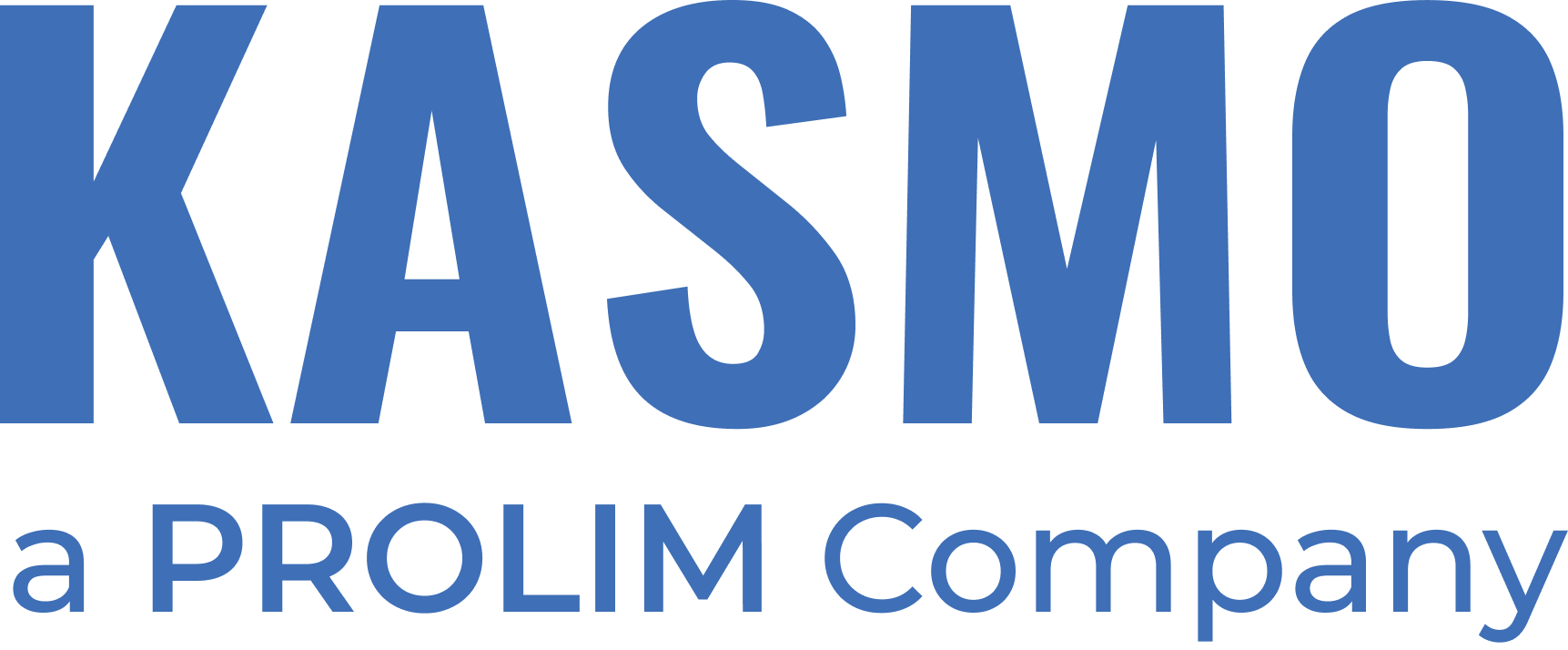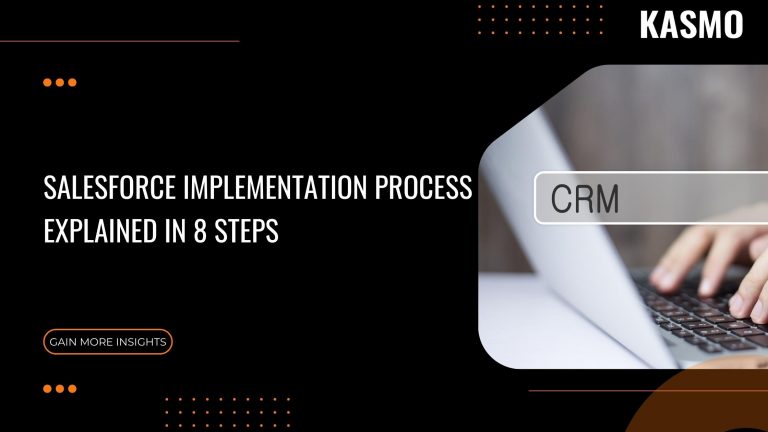Deciding to migrate to Salesforce is the first step towards building a 360-degree view of the customer journey. However, there it takes a lot more to a successful Salesforce implementation. Salesforce is the leading cloud-based customer relationship management (CRM) that caters to every aspect of customer interaction.
Nevertheless, implementing Salesforce without the right partner to guide you with the best process for implementing Salesforce applications can be daunting.
Salesforce implementation: What might go wrong?
According to Salesforce, 30-70% of CRM implementations can go wrong. Additionally, one-third of the CRM projects fail 2-3 times successively.
The reasons for such CRM implementation failure can be many. From lacking a strategy to having no support, trying to self-implement the CRM, and considering CRM as only a technology rather than a company-wide initiative can factor in a failed CRM implementation.
A piece of good news here is with a strategic approach under the guidance of a proven Salesforce implementation partner, enterprises can successfully implement Salesforce.

In this article, we explain the 8 crucial steps for an end-to-end Salesforce Implementation process.
The 8 Steps to Salesforce Implementation
From planning to testing and supporting the CRM post-roll-out, here is the step-by-step your enterprise will need for a successful Salesforce implementation:
1. Identify Stakeholders
Include all customer-facing teams in the CRM implementation. Ask each department about their challenges and the desired outcomes they expect from the CRM implementation.
Next, identify the people relevant to the implementation and define their roles and responsibilities. A typical Salesforce implementation requires key stakeholders as below:
- End users: The individuals or teams working on the CRM once it goes live.
- Super Users:Responsible for training the employees or team to get familiarized with the CRM.
- Decision Makers: These are the ones who set budget and timelines and helps acquire relevant software and licenses.
- Project Team: It can comprise the Project Manager, internal employees, and your Salesforce implementation partner’s team, if any, who communicates regularly and work coherently for the implementation.
This step will cover all pain points of your internal customers, so they are readily looking forward to adopting it post-implementation.
2. Define End Goals
Though improving customer experience is the prime reason for a CRM implementation, often enterprises can have various end objectives for the same:
- Increase customer retention
- Improve operational efficiency
- Reduce customer acquisition costs
- Generate more sales and revenue
Defining such end objectives helps to align your implementation with the business goals, address its immediate needs, set the KPIs, and assess the success of CRM implementation.
3. Connect with the right implementation partner
Self-implementation might appear lucrative for cost savings, but the technical debt it leaves can be awful. Connecting with a proven CRM implementation partner assures the quality of implementation and helps you reap the best of your CRM investment.
A Salesforce implementation partner comes to assistance in many ways:
- Plan and prioritize requirements.
- Assist with your organizational change management strategy.
- Set the budget right.
Typical expenses for Salesforce implementation include Salesforce licenses, Data migration costs, Integrations, IT maintenance, Salesforce adoption, Partner consulting fee, End-user training, and support.
Once your Salesforce implementation partner provides a comprehensive plan for your Salesforce implementation, it’s time to get started with each phase.
4. Migrate the Data
Data migration is the most challenging aspect of Salesforce implementation. Investing in a Salesforce implementation partner with proven capabilities in handling challenges saves time and promotes your business reputation.
5. Phased rollout
Salesforce CRM can bring rich features to customer data management. To not overwhelm the end users with all the features, it is vital to roll out the CRM implementation in a phase-wise approach. At every stage, ensure the end users are acquainted with the platform.
6. Going live
After ensuring that the phase-wise rollout is successful as intended, it’s time to touch base with the business team and the implementation partner.
At this stage, your implementation partner will provide you with:
- Demo and documentation that familiarizes the entire process.
- Requisite change management best practices
- Functionality review
- Testing and feedback gathering
Once the technical aspects are satisfactory, the final step of going live overall arrives. Before that, your implementation partner shares multiple reminders to all stakeholders about the upcoming changes to prepare everyone for the rollout.
7. Training
Salesforce CRM can be a game changer in how an organization customer data handling. It necessitates technology enablement to make end users confident about handling the platform. Your implementation partner should offer training support based on your business requirements and agreement terms.
Typical training support at this stage would include Admin Training, User Training, and Training the Super Users.
8. Maintenance and Support
Salesforce implementation is just the first step to changing your customer journey. Regular maintenance and support from your implementation partner will ensure CRM stays updated with the latest features that Salesforce releases periodically.
Let’s talk Salesforce Implementation
At Kasmo, we consider Salesforce CRM implementation as the lifeblood of your customer engagement and revenue growth. Request a demo to experience how Kasmo empowers organizations to improve end-user Salesforce adoption and improve the productivity and performance of sales teams with minimal IT support. Email us at sales@kasmo.co.
Read Next: What is Salesforce Ecosystem?


